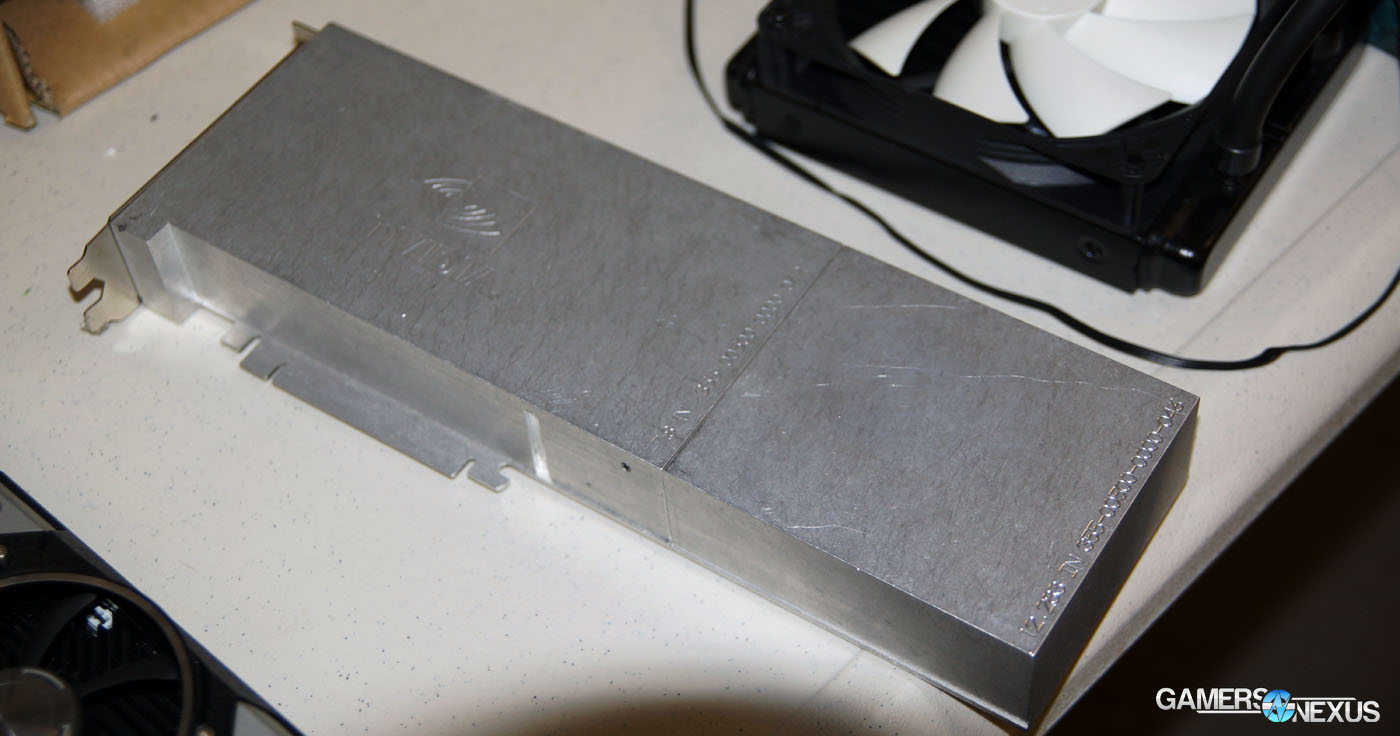Touring iBUYPOWER: Conveyer Belts, Robotics, & Custom PC Build Production
Posted on
Most of our readers (and staff) are avid PC builders, generally opting to select and install components from one of our DIY PC guides. There are entire companies devoted to custom PC builds, though, and they often build and ship hundreds of custom gaming PCs each day; that's a huge number, considering the relative size of the “gaming PC” market compared to biz-client sales. Out of curiosity, we toured a few of these SIs (system integrators) to observe the process and learn about the automation involved in system building.
We previously toured CyberPowerPC, where we looked at a high-end PC build with custom NZXT components. Today, we're looking at iBUYPOWER's warehouse and assembly line, where you'll see a wall of thousands of dollars of video cards, conveyer belts moving rigs from one bench to another, and even packing tape automation. Yes. A robot that does nothing but tape boxes.
Walking Through iBUYPOWER's Assembly & Shipping Facility
There are several steps to the process of systems integration: The customer submits an order through the online configurator, iBUYPOWER receives a ticket – much like what would happen for an order in a restaurant – and passes it to parts collectors, parts are collected in a box and given to system builders. At this point, the system is assembled, overclocked to whatever settings were requested, and then conveyed down the line to the next station; the system goes through a PXE station (Preboot eXecution Environment), where dozens of hard drives can be simultaneously imaged via high-speed intranet. Imaging a drive in this way reduces individual Windows install times and reduces post-install demands.
An image can contain a very specific configuration and all of its required drivers, installing an entirely functional environment in a single blast, rather than manually updating drivers. We enact similar methodology for our test bench. Imaging is named such because the install package is contained in an image file (effectively a snapshot) that can be installed just like from a disc or USB device. Imaging is sometimes called “ghosting,” named for Norton's Ghost image deployment software.
 A modular GPU size testing dummy for case compatibility.
A modular GPU size testing dummy for case compatibility.
Once imaged, the customer's system moves down the line and gets burned-in. Burn-in testing involves a few steps, but we only show the GPU test in the above video. The GPU undergoes about 30 minutes of burn-in using a custom deployment of FurMark; this stresses the GPU to 100% load and digs-up failures early. If a part fails this test, it is removed and replaced, then retested. That part would then be RMA'd with the supplier or manufacturer, a process that the customer would never see. It is likely that iBUYPOWER also conducts Prime95 CPU + memory testing, though we showed up pretty late (and unannounced) and didn't see those stations.
After burn-in, the system is sent to a packing station, packed manually in a box, and then pushed through a taping robot. The taping machine rolls a line of packing tape down the center of the box and pushes it down the line. At this point, the boxes are loaded onto palettes and shipped out appropriately.
Check the video for the whole process – we kept it short and interesting.
Cool stuff. That's why we do these tours.
- Steve “Lelldorianx” Burke.
